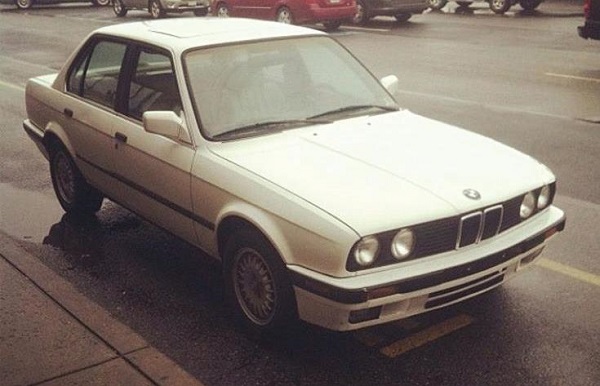
By Angalyse Keyock
Staff Writer
The leaves may be falling this semester at ESU, but the one thing that will not fall is gas prices.
Within the past month, residents of Pennsylvania have seen a significant spike in gas prices. A rise of gas prices has effected students who commute to ESU for their classes. Hurricane Harvey is to blame for this spike.
Hurricane Harvey, was a category 4 hurricane that hit Texas in the beginning of September causing catastrophic damage to Gulf Coast.
Harvey set a U.S rain record with 51.88 inches in Highlands, Texas, according to the National Weather service.
Because of the damage caused by Harvey, eight refineries in Texas shutdown, including: ExxonMobil Baytown, Deer Park, Pasadena Refining and Phillips 66 Sweeny in the Houston region, while several others are operating at reduced rates according to Oil Price Information Service (OPIS).
The effects of Harvey are being felt in the northern part of Pennsylvania as well with gas prices on the rise.
Since the beginning of June to early September regular gas prices rose 47 cents on average.
In June of this year average gas price in Scranton was $2.42 for regular gas. Now the average for the beginning of September was around $2.88 per gallon.
“I was paying about $24 to fill up. Lately with gas spiking, I pay around $34,” said sophomore, Joe O’Dea.
O’Dea commutes from Easton five days a week to attend class.
On gasbuddy.com you can find a trip cost calculator, where you put your year, make, and model for your car along with your start and end point of your trip. This calculator will calculate how much money you are spending in gas on that particular trip.
Joe O’Dea’s commute with a 2016 Chevy Cruze LT is 66 miles round trip, using 1.87 gallons of gas, and costing him close to $6, for one day of classes.
Catherine Kluge, a ESU sophomore drives a 2011 Chevy Cruze. She has a 32-mile round trip commute, which uses close to a gallon of gas, and costing her around $2.50 for one day of classes.
With a busy schedule of classes, it can be hard for some students to earn money during their time at school.
“This semester has already been so tough financially,” said Kluge while explaining how it now cost her $10 more now to fill up then it did this summer.
“I could fill up my car every 9 days in the summer, and it would cost me $25 now it costs me like $30-40 and that only lasts me 5 days,” said Kluge about how often she must fill up now.
According to ESU’s website more than 60 percent of undergraduate students commute to campus for classes.
Like O’Dea and Kluge, many ESU students have seen this effect on their wallets and their gas tanks this fall semester.
Email Angalyse at:
akeyock@live.esu.edu

